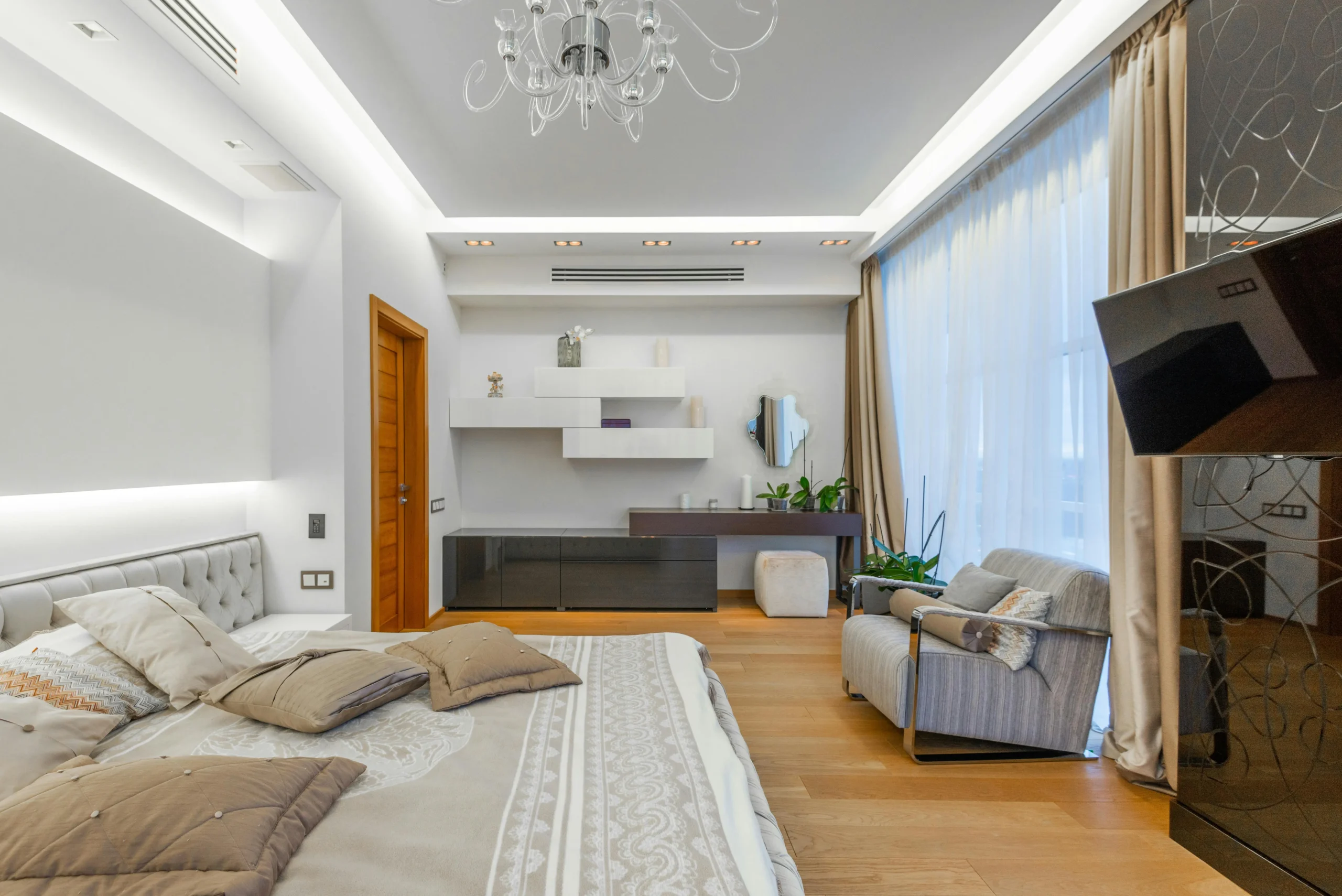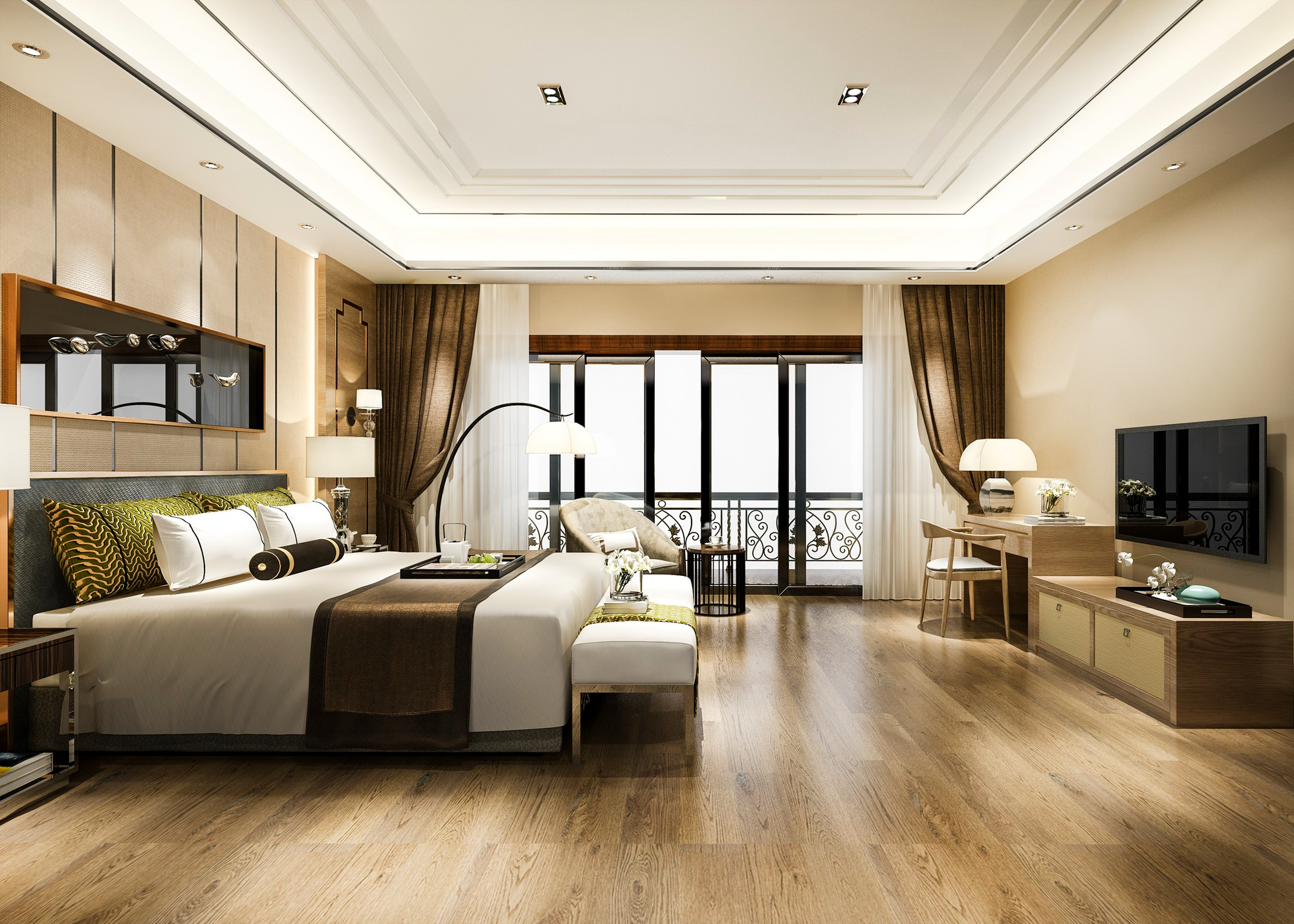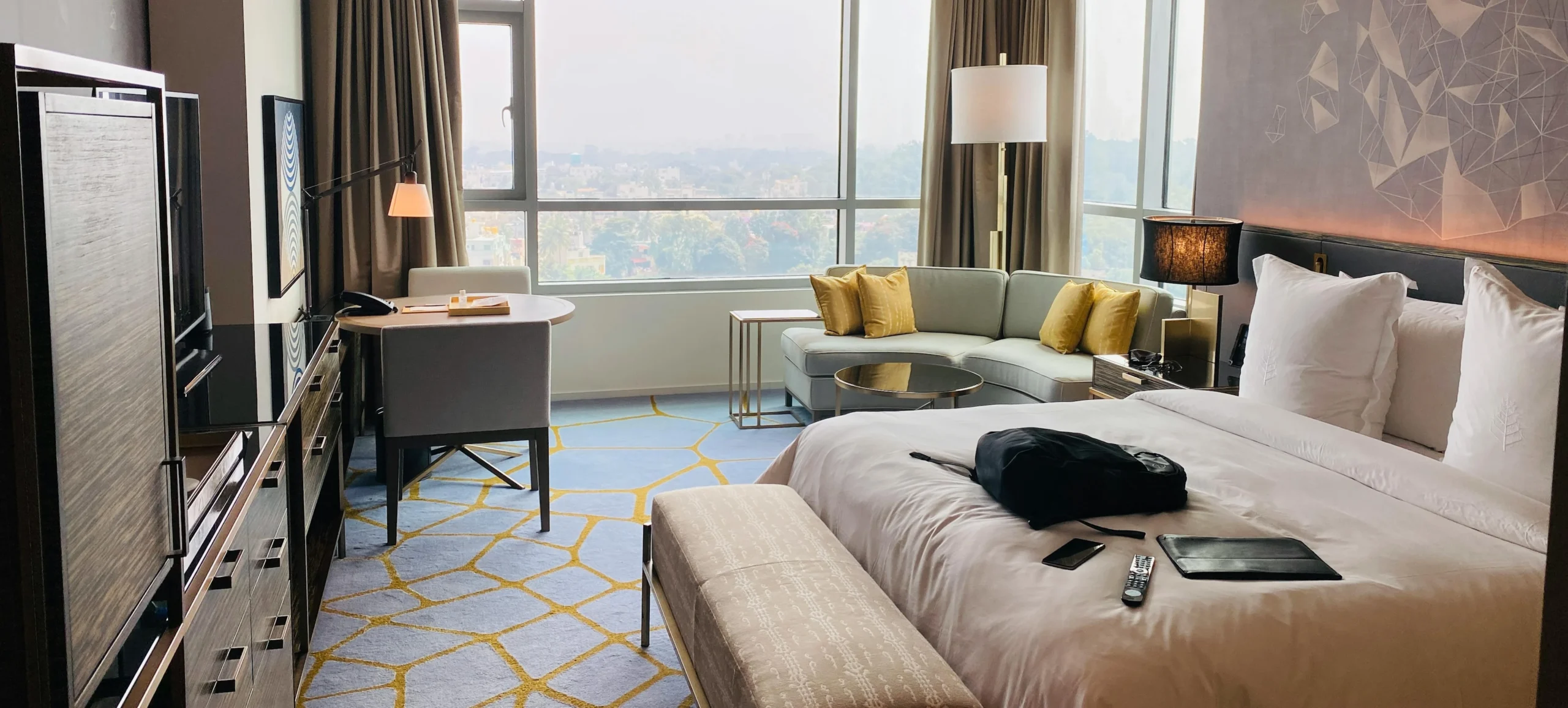Interior design is an art that combines aesthetics and practicality to create spaces that are not only beautiful but also functional. The right furniture choices can completely transform the overall aesthetics and ambiance of a space; therefore, it is essential for homeowners and designers to understand their impact. In this blog, we explore how furniture can influence a room’s design, including styles, colors, materials, and arrangements.
Understanding the Role of Furniture in Interior Design
Furniture is far more than just useful components in a room; it is a key element of the overall design. The choice of furniture impacts:
Aesthetic Appeal: Furniture defines the tone and style of a room.
Functionality: Determines how a place can be used and experienced.
Comfort:Alters Alters the comfort level and usability of a place..
Style and Theme
The style of furniture plays a significant role when choosing the theme of a room. Whether it is modern, traditional, minimalist, or eclectic, the furniture you choose represents the foundation of the interior design of a room.
Modern Style: It has clean lines, neutral colors, and a sleek finish. Furniture in such a style usually has a minimalist design, with a focus on usability.
Traditional Style: Traditional furniture is defined by the rich, dark wood pieces, intricate finishing, and classic silhouettes. This style radiates warmth and sophistication.
Minimalist Style: Functional elements, minimal decoration, and a monochromatic color scheme all emphasize the sense of simplicity. Furniture usually looks stylish and plain.
Eclectic Style: A wide range of styles, occasions, and textures. Eclectic furniture promotes creativity and personal expression, with bold colors and unique designs.
Color and Material
The material and color of furniture play a key role in defining the overall vibe of a room. Different textures and hues can elicit various emotions and atmospheres.
Color: Light colors like white, beige, and pastels give a sense of openness and calmness. Dark colors such as black, navy, and deep greens, show drama and sophistication. Bright colors like red, yellow, and blue can boost and provide vibrancy to a room.
Material: The material of furniture influences the feeling and visual texture of the space. Common materials include wood, metal, glass, and fabric, each having its own unique character. On the other hand, wood can bring warmth and a natural vibe, while metal can add a modern and sleek touch.

Arrangement and Space Management
The arrangement of furniture in a room impacts its overall flow and functionality. Proper arrangement can enhance the room’s usability and aesthetic appeal.
Focal Points: The focal points of the room, such as a fireplace, incredible view, or a statement piece of furniture, should be highlighted by the furniture arrangement.
Traffic Flow: Make sure there is enough space for moving. Avoid clutter and keep paths free.
Balance and Proportion: To achieve balance, distribute furniture evenly. Use larger pieces as anchors, and pair them with smaller ones.
Comfort and Functionality
Although aesthetics is important, comfort and effectiveness should never be neglected. Furniture should meet the needs of its users, giving comfort and practicality.
Ergonomics: Choose furniture that promotes both comfort and health. Ergonomic chairs, adjustable tables, and comfortable sofas are essential for overall well-being.
Multi-functionality: In smaller spaces, multi-functional furniture can act as a notable change. Consider using sofa beds and extendable tables.
Personalization and Expression
Furniture encourages homeowners to express their personalities and styles. It is an opportunity to make a space entirely your own.
Customization: Choose customized furniture according to your taste and needs. This can include selecting fabrics, finishes, and sizes.
Statement Pieces: Incorporate unique pieces that express your personality. This could include an antique dresser, a brightly colored sofa, or a uniquely designed coffee table.
Examples
Let’s look at a few examples to see how furniture choices can transform a space:
Modern Living Room: A glass coffee table, a stylish sofa with clean lines, and minimalist shelving units can transform a living room into a sleek, modern space. Add a few colorful cushions and a thick rug for comfort and style.
Cozy Bedroom: Cozy Bedroom: A traditional wooden bed, cozy bedding in neutral colors, and a couple of comfy chairs can create a cozy and welcoming bedroom. To enhance the ambiance, use layered lighting including bedside lamps and overhead fixtures.
Functional Home Office: An ergonomics chair, simple desk with built-in storage and adjustable shelves may add style and functionality to a home office. You can personalize the space with plants and artwork for a touch of creativity.

Tips for Choosing Furniture
When choosing furniture for your home, consider the following tips:
Assess Your Needs: Determine the room’s purpose and how you plan to use it.
Measure the Space: Make sure the furniture fits nicely in the room without overcrowding it.
Choose a Style: Choose a style that feels right for you and matches the rest of your home.
Prioritize Comfort: Never compromise on comfort, especially for extensively used items.
Invest in Quality: High-quality furnishings are durable and might be a better investment for the future.
Personal Touch: Add pieces that reflect your personality and help the place feel like home.
Furniture is a powerful tool in interior design that can transform the aesthetics and ambiance of any room. By carefully choosing pieces that are aligned with your style, requirements, and the space available, you can create an environment that is visually appealing and comfortable. At Decora Sale, we understand the importance of finding the right furniture and offer a wide range of options to help you bring your vision to life. Whether you are renovating a single room or designing a complete house, let your furniture choices define your unique tastes and lifestyle.
Explore our collection today and discover how the right furniture can make all the difference in your interior design journey.

